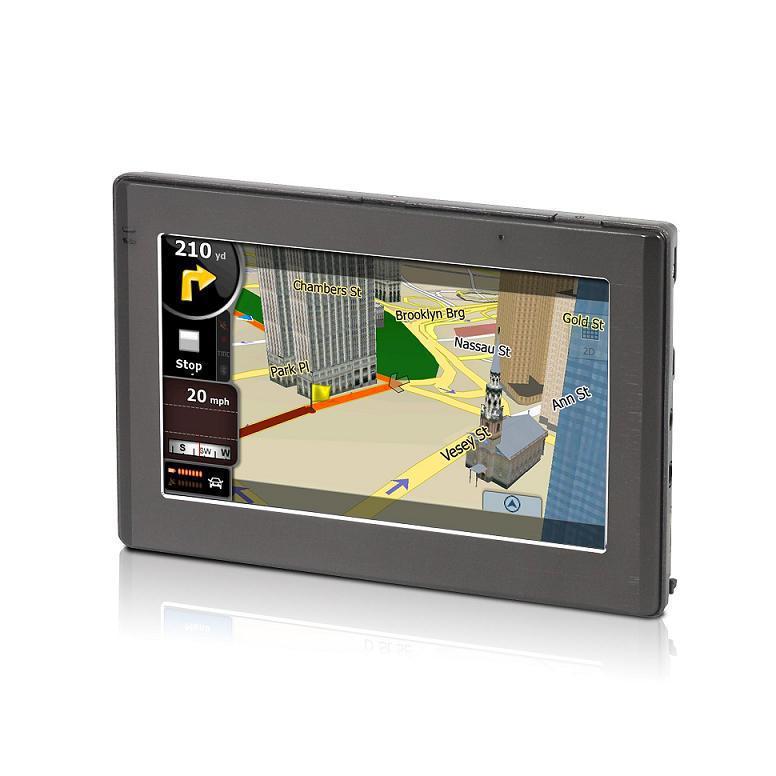Are you ready for mirrorless cars? Automakers are.
Share
Concept cars have worn absurdly lil’ mirrors for ages, and slew of production cars have attempted to get away with mirrors too puny for their own good. But until recently, screen and movie camera technology didn't permit a cost-effective replacement for a feature that has hardly switched in over a century. We have smartphone miniaturization to thank for a number of latest breakthroughs, but automakers still aren't substituting traditional, clunky mirrors, in part because of government regulations. But that may be about to switch.
Japan has just become one of the very first automotive markets to permit mirrorless cars, Automotive News reports, and it is arguably the country that could stand to benefit the most given the taut quarters of virtually any locale, save for the northern island of Hokkaido. In response, automotive suppliers are streaming in, given the vast potential for different designs. Cadillac has already taken the very first step in the U.S., suggesting a rearview mirror that can turn into a rearview screen in the fresh CT6 sedan as an option, however the U.S. has yet to give regulatory approval for side-view cameras that will get rid of the side mirrors themselves.
Automotive suppliers are gearing up to suggest cameras and screens instead of mirrors to improve visibility.
Car Reviews
2016 Cadillac CT6 Premium Luxury AWD review
There was a lot of hand-wringing over what, specifically, the CT6 is supposed to be — what niche it fills — in our look at the four-cylinder model a few weeks back. Now that I've spent some time .
It's not just suppliers who stand to benefit from the fresh technology. Automakers will be able to squeeze out better haul coefficient numbers by going mirrorless, leading to better fuel efficiency, while suggesting a clearer picture that can compensate for angles, blindspots and low light levels.
Automotive News notes that Japanese parts manufacturer Ichikoh estimates that by 2023, around twenty nine percent of cars built for the Japanese market will feature rearview cameras instead of mirrors and that about twelve percent will have cameras in place of outward mirrors. Other parts manufacturers like Bosch are gearing up for this technology, but the single thickest barrier across the various world markets remains legislation.
Just how will the screens that substitute side-view mirrors be placed? There are, actually, a few possibilities that manufacturers are exploring. One option will see screens integrated into the dash, in place of the corner A/C vents. Another option is to place the screens in the A-pillars (the structures that form the sides of the windshield framework), which is what's being done in commercial trucks. A third alternative is a screen or a projection integrated into the top edge of the windshield that will display a panoramic view of what is behind the vehicle.
There are a few options when it comes to side-view screen placement, but not all of them emerge ideal.
Car News
Volvo: We’ll accept liability for accidents involving our autonomous cars
Autonomous cars have a number of hurdles to leap before widespread adoption, but one of the most pernicious challenges to the technology has also been one of the least captivating: Namely, who is .
Another barrier to the technology is consumer acceptance. It's one thing to suggest screens in place of mirrors but another to woo the general car-buying public of its advantages. Our very first (and 2nd) practice with Cadillac's switchable rearview mirror screen was a mixed one; the rearview screen did not suggest a dramatically greater field of view, and focusing our eyes on the surface of the movie screen took a 2nd or two. In many ways, it was like looking at a smartphone pic placed a foot and a half away from our goes, requiring our eyes to adjust to the "artificial" photo the screen was displaying. Our conclusion, at least in Cadillac's case, was that such a system could be useful in place of a backup camera in a low-slung coupe with thick C-pillars or otherwise horrible visibility. But even then, the infotainment screen already provides a much larger rear picture for parking needs.
In brief, it's more than just a matter of making the technology cheap enough to happen; car buyers have to believe that it's better and safer, or at the very minimum not worse than plain old glass mirrors.
Jay Ramey – Jay Ramey is an Associate Editor with Autoweek, and has been with the magazine since 2013. Jay also likes to kayak and bike.
